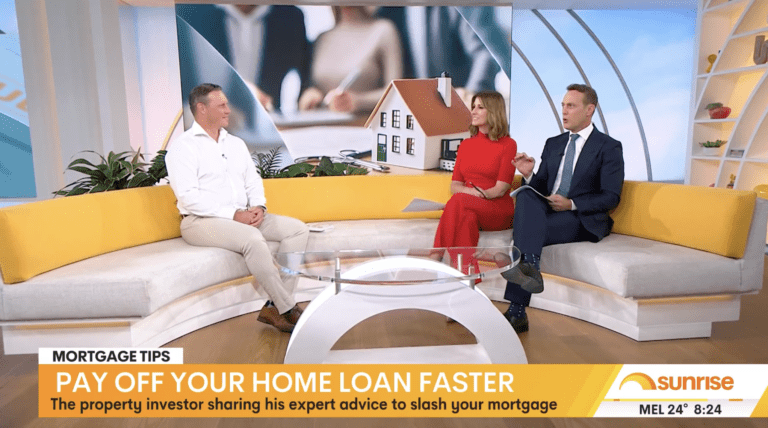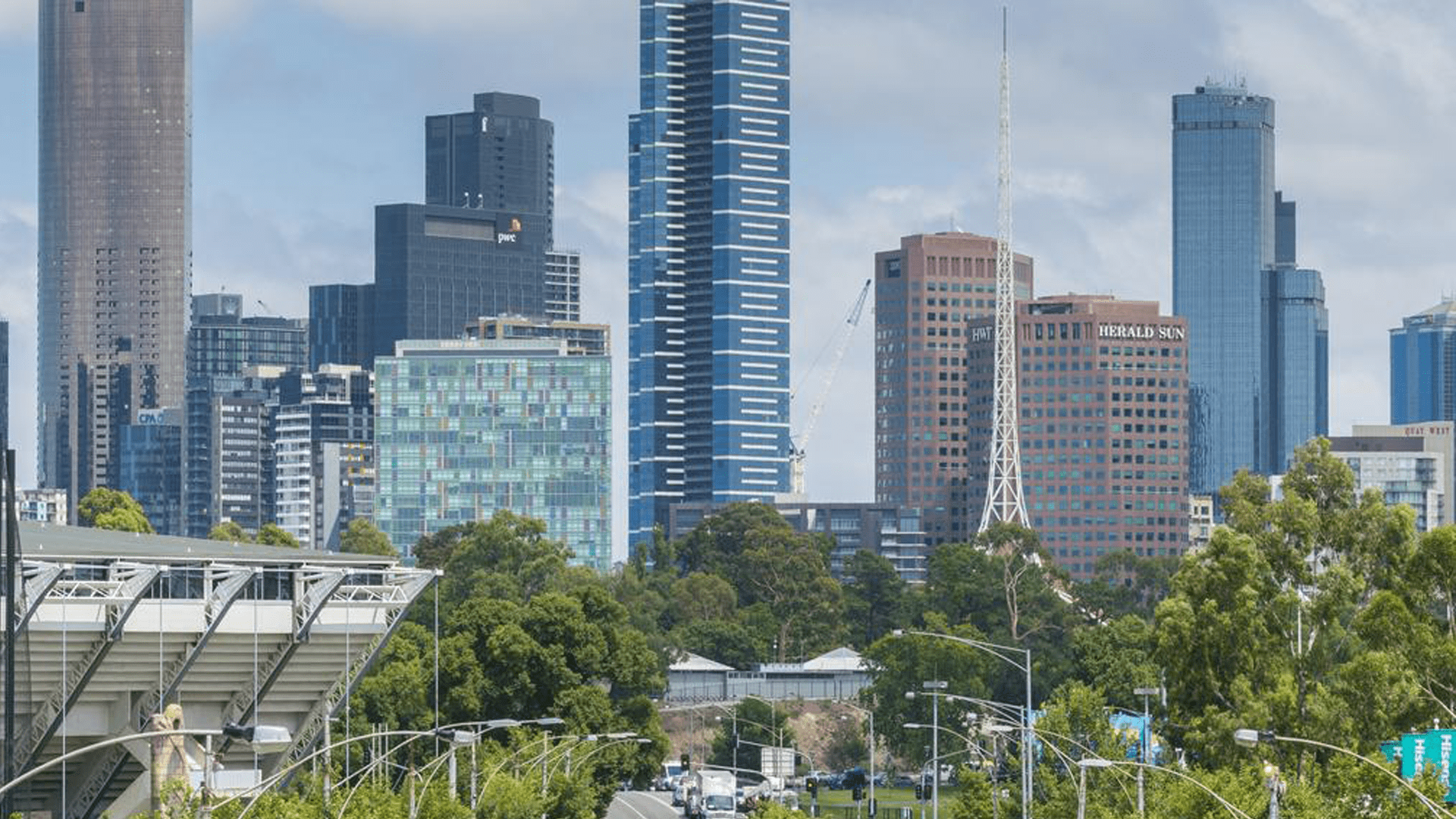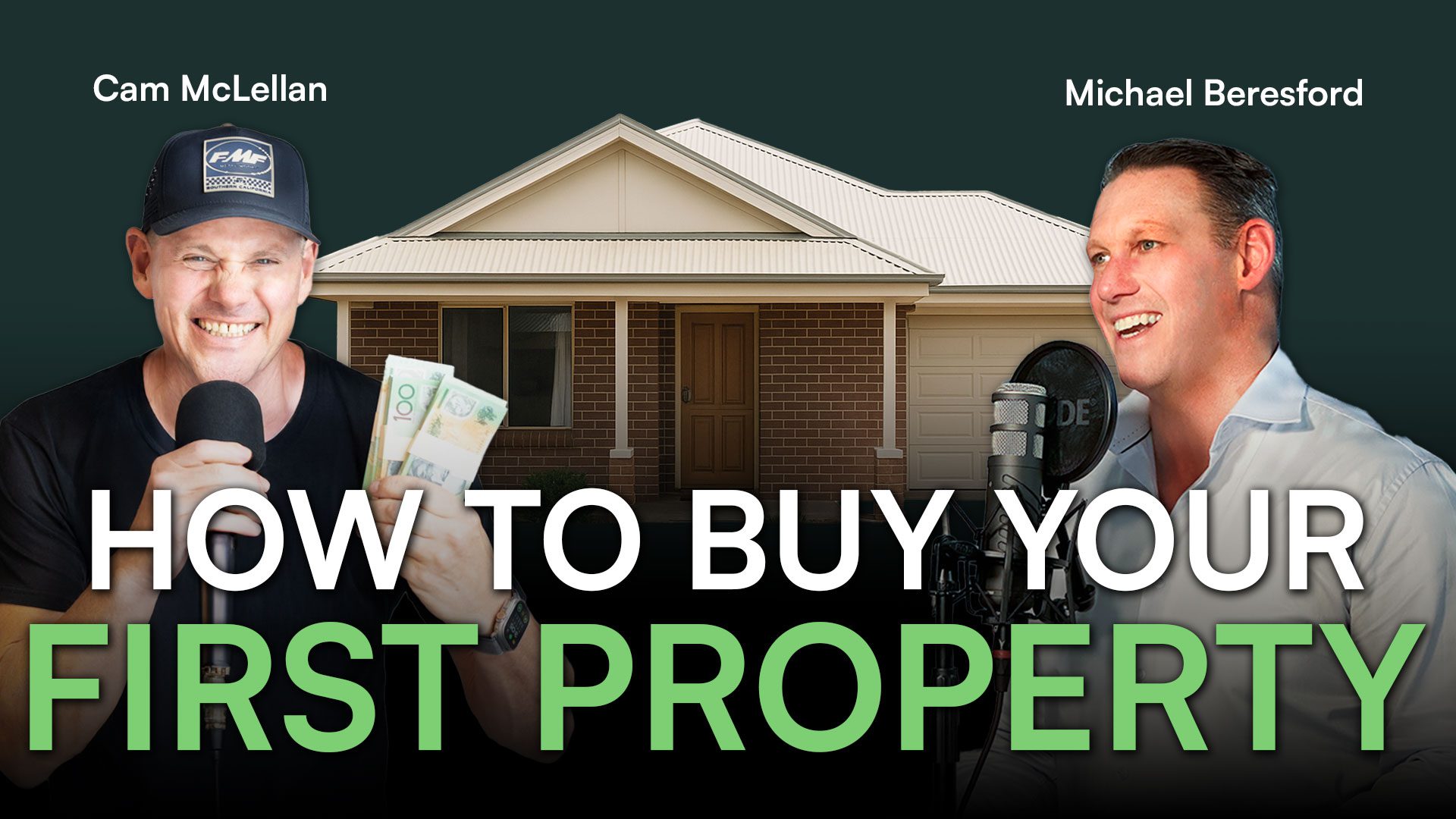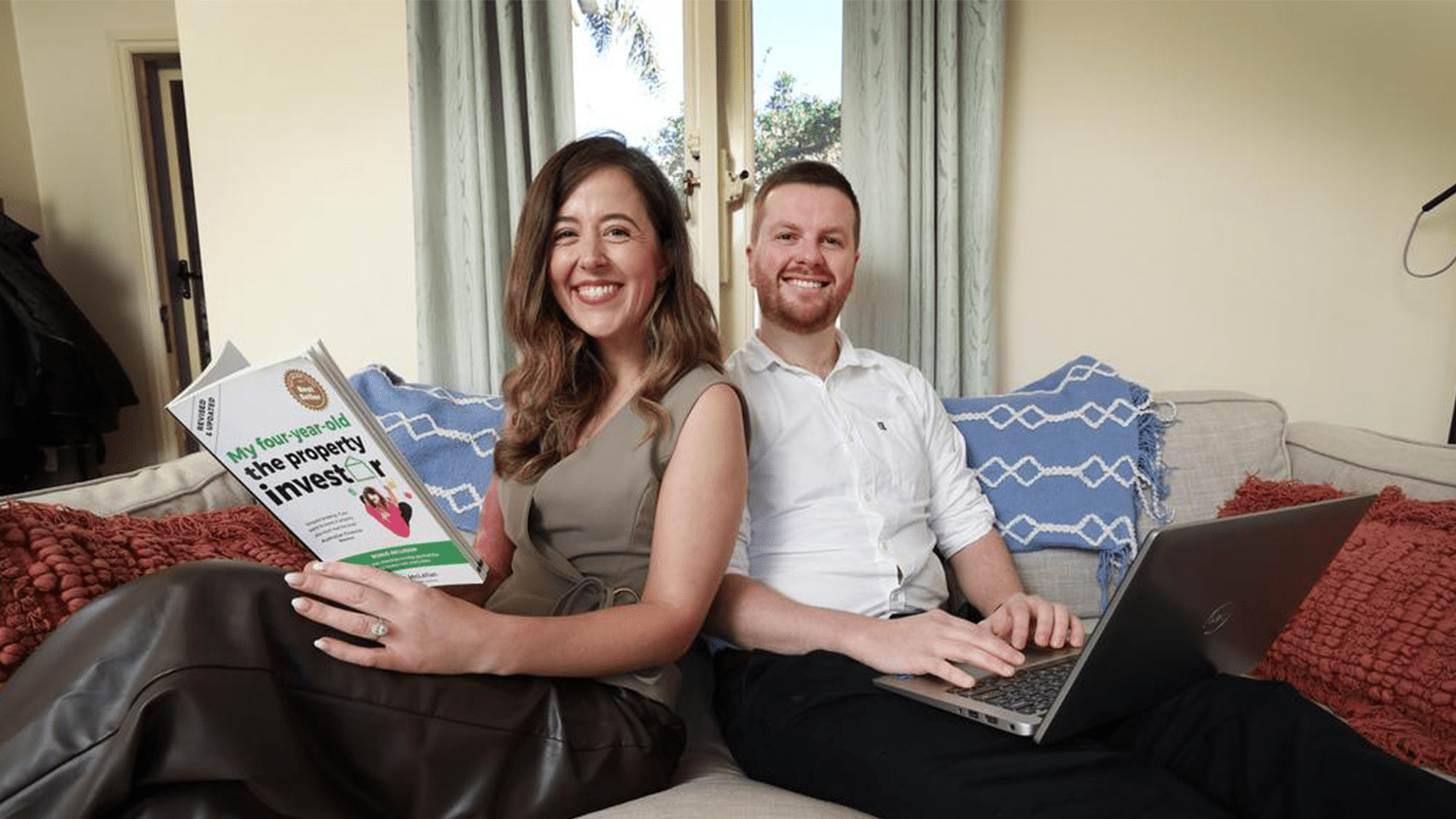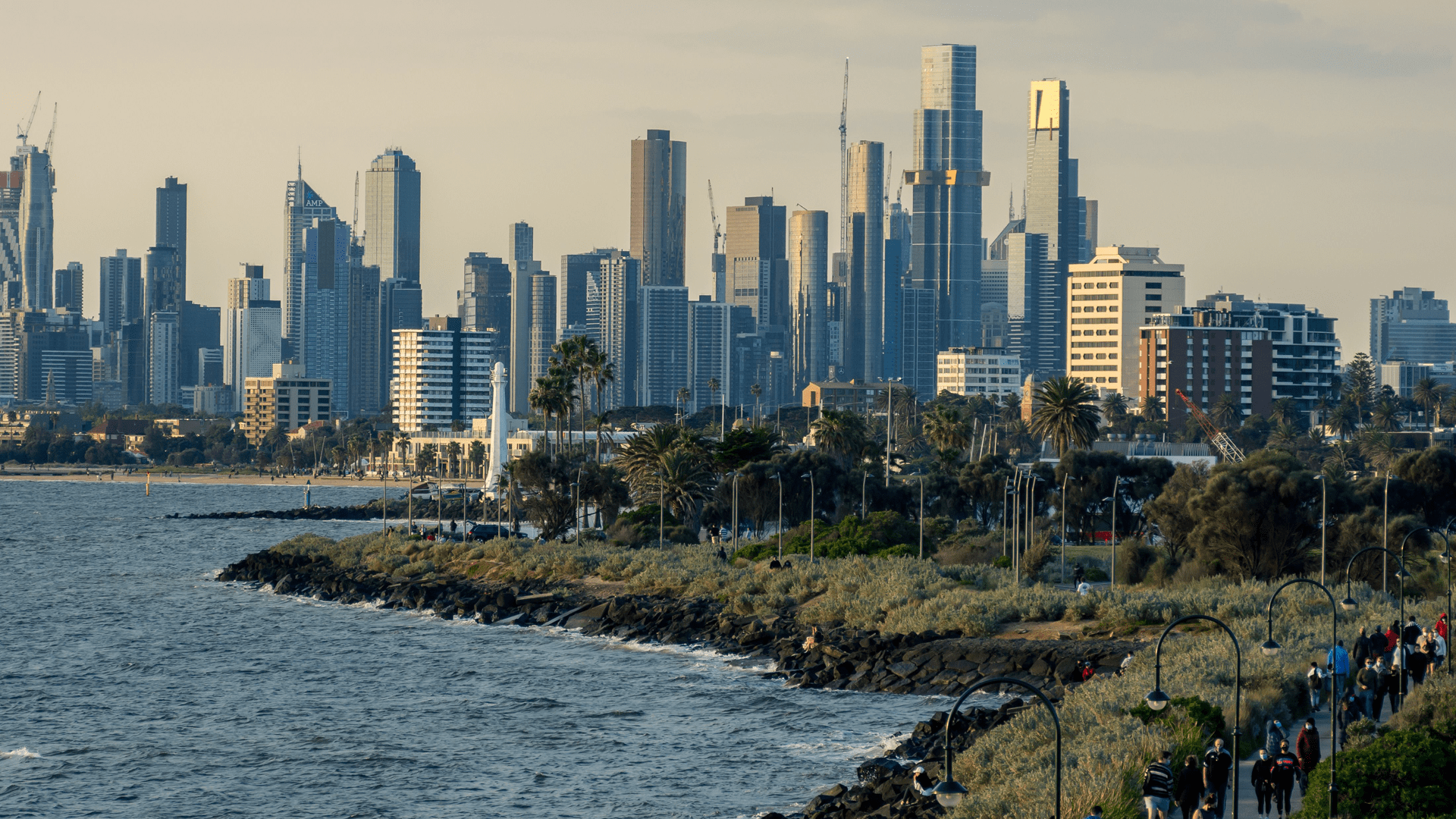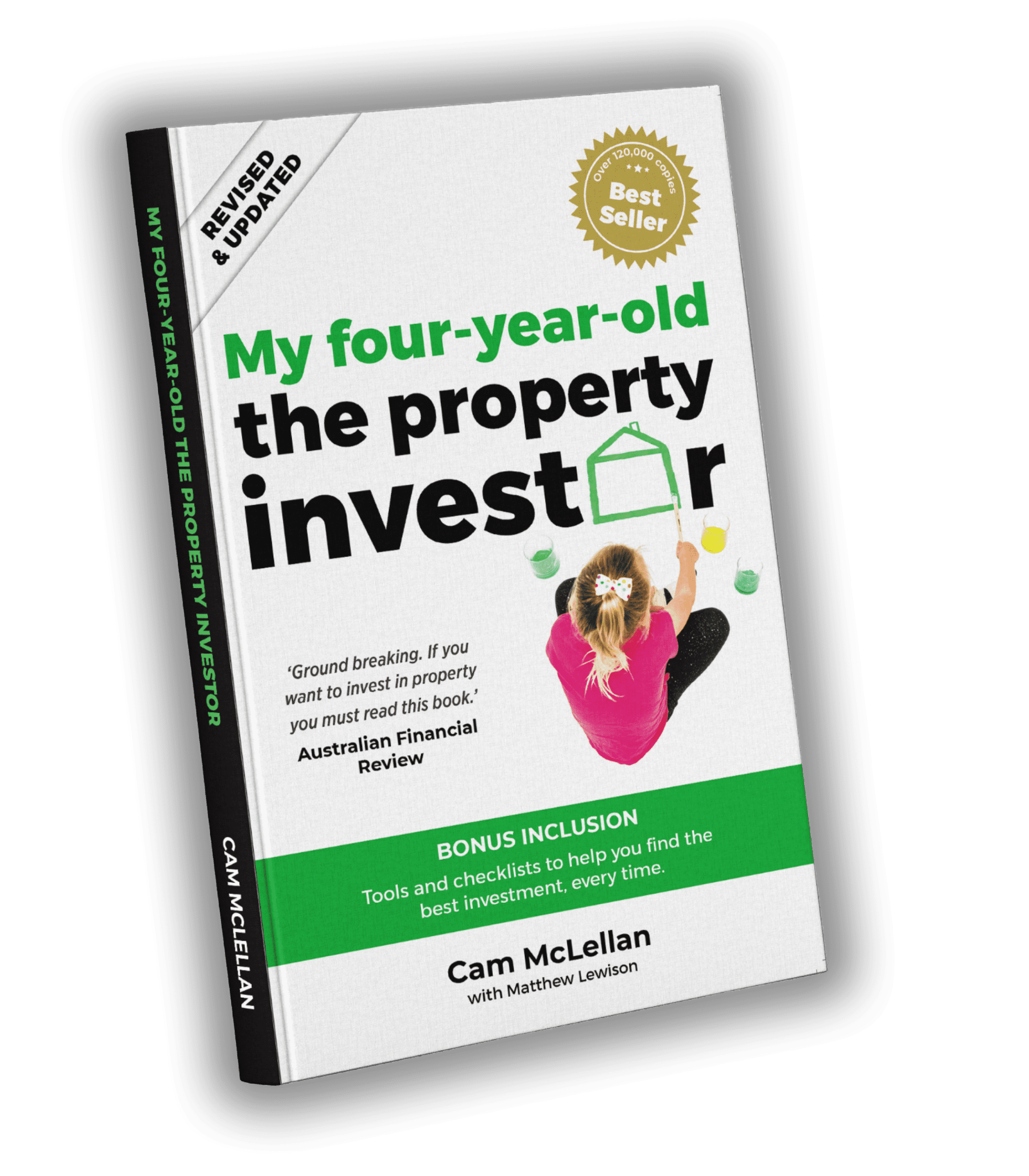In March this year, former Liberal Party Leader John Hewson declared that data showed conclusive evidence of a property bubble.
Once again, it’s caused a media storm of gloom and doom, declaring Australia’s housing market is at its peak and set to tumble. But we’ve got a different take on the matter.
What Is a Property Bubble?
Whenever the market really heats up, there is always talk of a bubble and when it’s going to burst. Even as far back as 1971, you’ll find speculations around housing bubbles.
A “property bubble” revolves around the idea that property prices have become unsustainably overvalued. It is usually identified by an abrupt increase in property valuations relative to income and rents. This rapid rise in property prices is judged unsustainable, which leads people to speculate on whether the prices will eventually decline and the bubble “pop”.
But that’s simply a sensationalised outlook on the regular property cycle, which goes through different growth phases. If we think about property doubling every seven to 10 years and consider the last 50-odd years, the property market is simple to look at. It tends to coast smoothly for a while and then jump in value, before experiencing a correction.
Essentially, the so-called bubble is just a lot of white noise, led by a fear factor that the market is getting too hot.
Overall, the only reason property rises in value is supply and demand. When demand is high and the market starts to rise quickly, we experience a boom, caused partly because of a herd mentality. The market runs on fear, with everyone scared of missing out.
However, talk of a property bubble can impact the property market, because buyers think they should wait to purchase. This reduces liquidity in the market, forcing sellers to discount their properties.
Is There a Property Bubble in Australia?
For a start, there’s no one housing market in Australia; where some areas are experiencing a growth phase, other areas have stabilised.
Take a look at Australia’s property growth cycle in general: you can usually trace the same pattern, beginning in Sydney before arriving in Melbourne, then Brisbane, and finally Perth.
Today, Sydney is certainly experiencing a boom, with the median house price around $850,000. The boom will last as long as people can afford properties, although the banks will try to slow the market down.
In Melbourne, which has similar population growth and income, the median house price is around $750,000; so it has room for growth and is probably a little bit behind the Sydney market.
There is a bigger difference between Sydney and Perth. Perth’s median house price is around $600,000. It’s unlikely this is a housing bubble, thanks to sufficient supply, with people leaving the market now the mining boom is ending.
The Brisbane market is certainly one to keep an eye on because it has a $500,000 median house price and a massive amount of population growth.
Will the “Property Bubble” Burst?
It’s a question we hear time and again, and which we hope we’ve answered in the video above.
So sure, in many areas across Australia, but especially in Sydney and Melbourne, low interest rates have led to higher demand among owner-occupiers and real estate investors and a corresponding increase in property prices.
But this is hardly a “property bubble”. While we have seen exponential growth in the housing market in the 1990s and since 2012 (relative to income and rent), it’s likely we’ll see nothing more than a price correction in the case of an economic event (such as an interest rate rise) – but not a crash.
Learn more about managing your portfolio if the property market corrects or contact us today to learn how you can better grow your portfolio.

